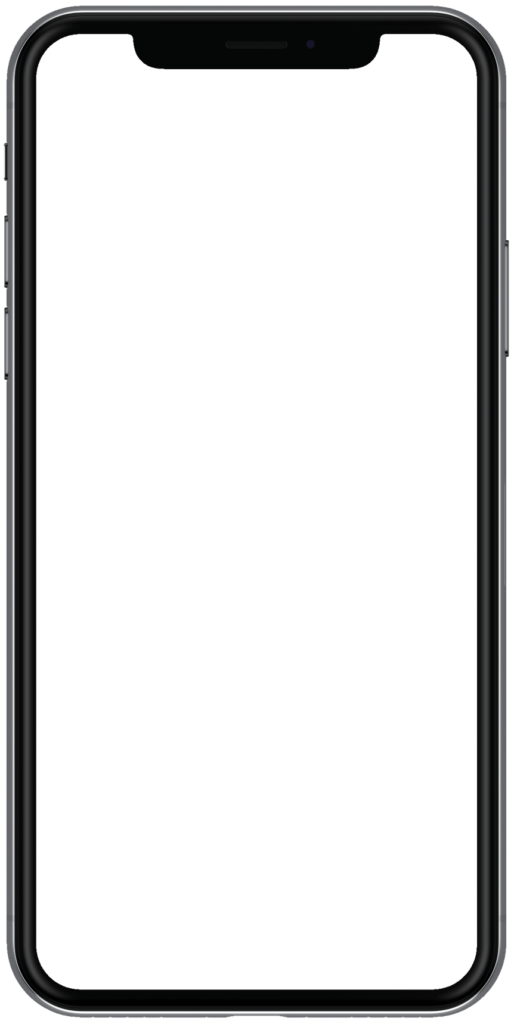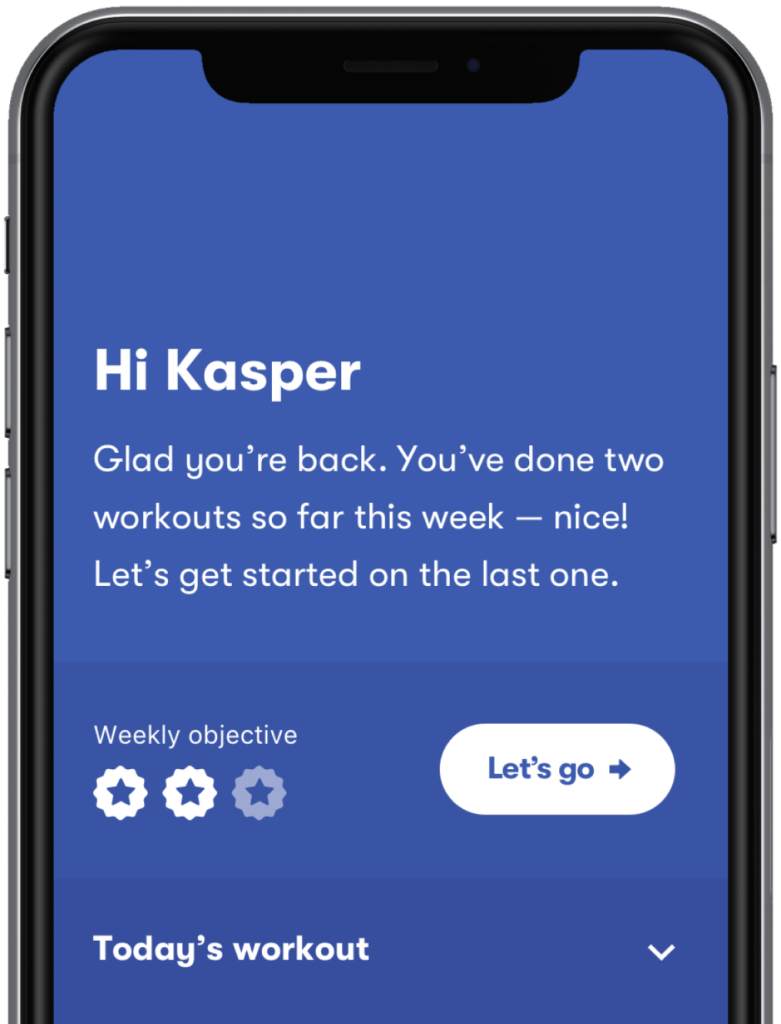Content:
Do you have a constant ache or burning pain in your hip area? Are you walking with a limp? Does exercise make the pain worse? Is your pain more intense when you are lying on the affected side at night? If your answer is yes to any of these questions, you could be suffering from a condition called greater trochanteric pain syndrome (GTPS). It is a painful condition that affects the outer thigh and hip area.1
Looking for a solution to greater trochanteric pain syndrome? Try the Injurymap exercise app now.
Fortunately, GTPS responds well to conservative treatments, such as exercises. Surgery is rarely required to fix the problem.2 You can help reduce your symptoms of hip pain and inflammation with the proper physical therapy exercises. Exercises also help strengthen the hip muscles. Stronger hip muscles reduce your risk of suffering from greater trochanteric pain syndrome in the future.
With this informative guide, we will help you understand GTPS and how to treat it. Please keep in mind that this guide is for your information only. It should not replace formal medical care. You should get the opinion of a healthcare provider if your symptoms are severe and do not improve with home exercises.
Other treatment options for greater trochanteric pain syndrome
Lifestyle Changes: For the short-term, you may need to make some changes to improve your symptoms of GTPS. For example, you can try reducing activities such as running and excessive walking. You should avoid leaning on one hip. Always make sure you bear weight on both legs equally. If the pain is worse at night, you can avoid sleeping on the affected side. Try placing a pillow between the knees. This will help prevent you from crossing the painful leg over.1 Diet and exercise to lose weight may also help with symptom control.
Medications: Over-the-counter pain killers can provide short-term relief of GTPS pain. If the pain does not get better, a local injection of steroid medication may be recommended.
Surgery: Surgical interventions are rarely needed to treat greater trochanteric pain syndrome. Your doctor may, however, recommend surgery if you have a tendon rupture (separation) or persistent pain after 6-9 months of conservative treatment.
Managing hip pain from greater trochanteric pain syndrome
If you are struggling with hip pain, know that you are not alone. Greater trochanteric pain syndrome is a common cause of hip pain that affects both athletes and non-athletes. The good news is that GTPS can be managed with home remedies, mainly physical therapy exercises. Stretching exercises can help reduce muscle tension and improve flexibility and balance. Strengthening exercises can improve hip strength and restore normal range of motion. With regular exercise, your endurance will improve. You will gradually be able to return to normal activities and sports without pain.
The Injurymap app demonstrates a range of exercises to strengthen the hip. You can do these exercises conveniently at home with little to no equipment. If you have symptoms of greater trochanteric pain syndrome, begin with stretching exercises in the early stages of your rehabilitation. In the later stages, you can shift your focus to strengthening exercises. Start by gently loading your hip. Then gradually increase the intensity of the exercises to make your hip stronger. Doing these exercises will speed up your recovery from GTPS. The exercises will also lower your risk of developing this painful hip condition in the future.
Hip pain from greater trochanteric pain syndrome should not prevent you from doing your normal activities, going for a run, or playing a sport. With the Injurymap app, it is easy to do hip exercises at home with the correct technique. The app demonstrates each exercise and all you have to do is follow along. Download the Injurymap app today and start your journey to recovery.
Begin your 14-day free trial of the Injurymap app today!


